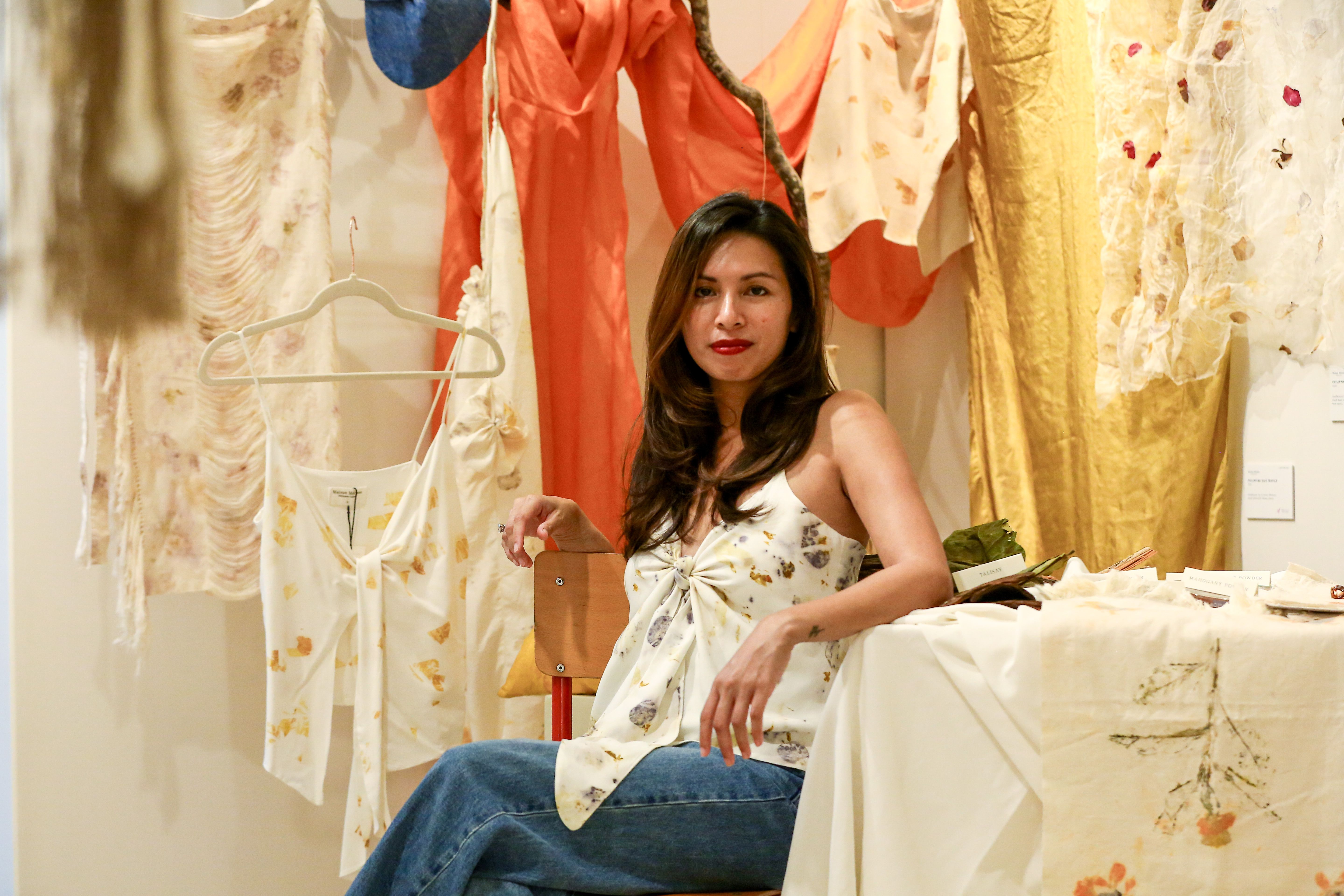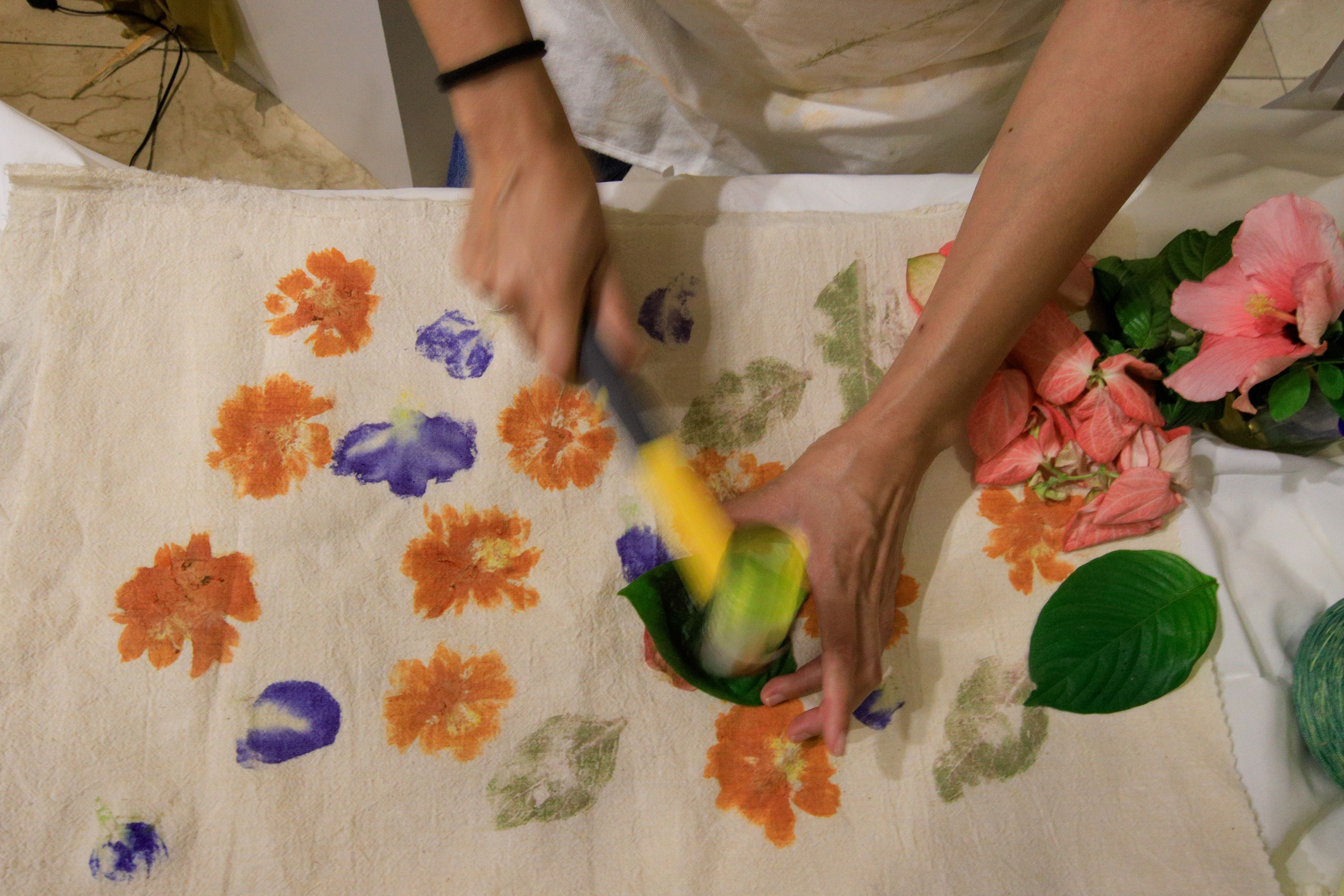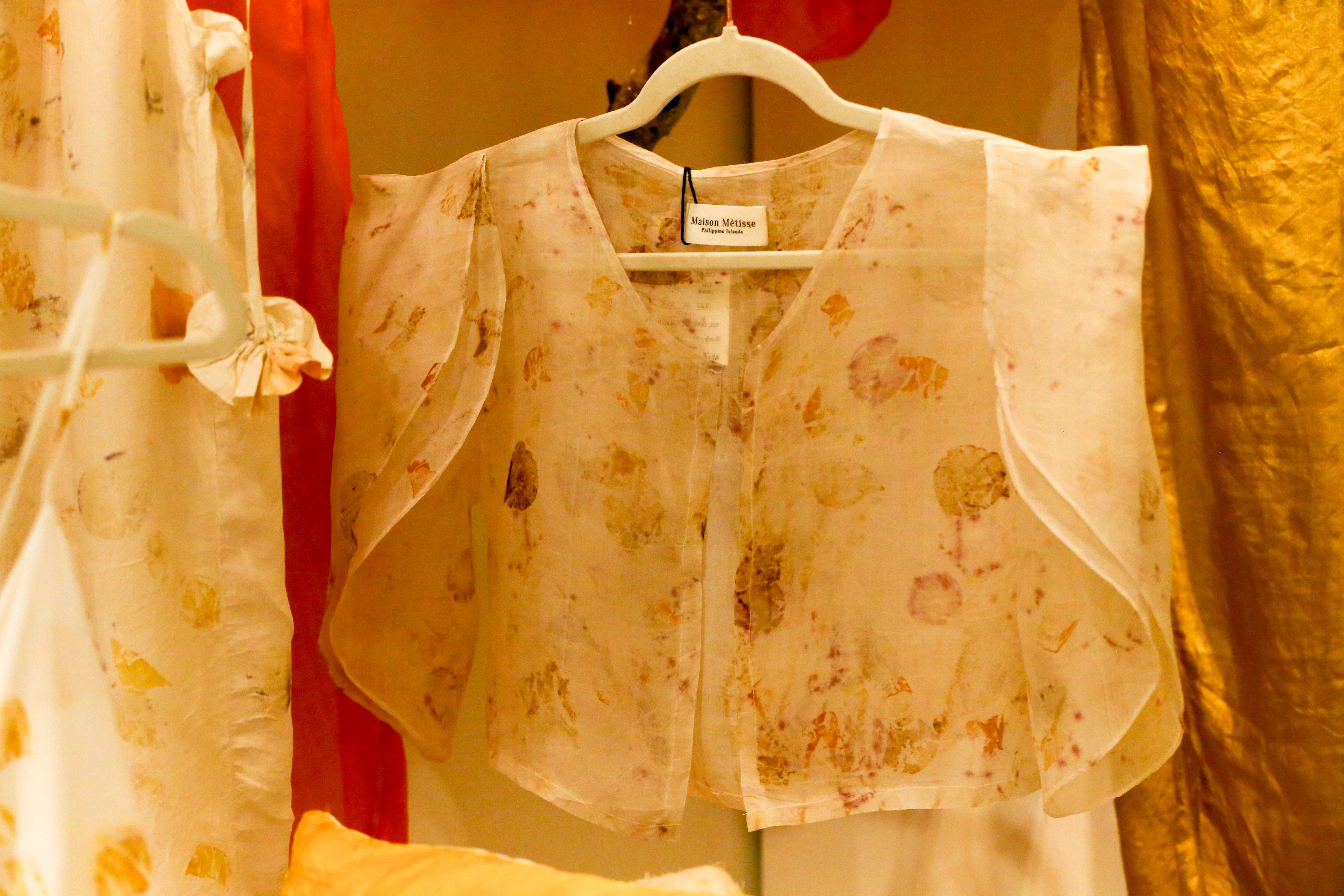Style Weekend: Adrienne Charuel introduces haute hues with Mother Nature's unique palette
The creative behind Maison Métisse is on a mission to put more value on what we are wearing
By John Legaspi
It is hard not to be inspired by flowers. They are among the most beautiful masterpieces created by nature. With their vibrant colors and spellbinding scents, they can make any occasion special no matter how joyful or sad they may be. They are among the ultimate symbols of love, femininity, and growth. Through the years, artists and designers have looked at them for inspiration for their work. For Style Weekend’s May 4, 2024 issue, we are featuring Filipino creatives from different fields—Tin Bejar, Soleil Ignacio, and Adrienne Charuel—who have immortalized the charms of blooms and other botanicals through their works, whether they are on paper, textile, or in a digital canvas.

When Adrienne Charuel decided to establish her clothing brand Maison Métisse, her goal wasn’t just to give people eco-conscious pieces but also to teach them about traditional crafts. During the pandemic, she introduced them to the colorful art of Shibori tie dye kits. Later on, she welcomed people to her pop-up to experience Saori weaving. This time, the founder of the brand is revisiting an old technique where botanicals and other blooms are used to make dainty prints on textiles.
Dubbed Hapa Zome, it is a type of botanical printing where flowers and leaves are pounded onto textiles. While the process is very construction-like in the sense that it includes a hammer, the result is nothing short of romantic and dainty as the dyes and shapes of the botanical are pressed onto the textile. In some ways, it is also kind of therapeutic.

“Working with natural dyes is also exciting because you have to be free flow because you cannot predict how an onion print would look like, or how the rose petal would look like,” Adrienne told Style Weekend as she pounded a cosmos flower on a textile. “It is a lot by intuition and trusting the materials. I feel like it is also a sacred interaction with the materials because they are from the earth.”
Before becoming the founder of Maison Métisse, Adrienne first honed her skills and passion for garment making by studying fashion design classes at École supérieure des arts et techniques de la mode (ESMOD), Paris from 2012 to 2013. She went to New York and studied Saori weaving, and also visited Japan to learn its natural dye heritage.
In 2018, she went back to the Philippines on a mission to create pieces that champion indigenous crafts and artisans. She met with the Itneg tribe in Abra to learn more about natural dyes. She also worked with various weaving communities, one of which included a group of single mothers who learned how to weave with the help of The Department of Science and Technology - Philippine Textile Research Institute.

Adrienne confessed that working with indigenous communities is pretty challenging. “Community work is very sensitive,” she said. “You can’t just enter. You have to gain their trust and be careful about how you use their identity. I had to learn the meanings of their embroideries and meet the elders, things like that.”
What made her works at Maison Métisse stand out is how she used her past knowledge of weaving and dyeing to highlight Filipino traditional crafts. “We have to create something new while respecting the past. We have to adapt to what’s around us,” she said.
In her latest works, although she puts the spotlight on the beauty of botanical printing, what remains the same is that everything is worked on by hand. There are different kinds of botanical printing. The one mentioned earlier is the easy one as it replicates the exact colors of the flowers. The other technique, the bundle dying, is a much longer process. It involves flowers, leaves, and peels laid out on the fabric, rolled, and steamed for hours.
“It takes up to 45 minutes to 24 hours. The longer you wait the better the prints look,” Adrienne said.
But doing botanical printing is the fun part. The tedious one is preparing the fabrics for the process. According to Adrienne, it took over three to four days for the fabrics to be ready for printing, and it involved a lot of scones and studying.
“You have to pre-treat the fabric. There’s the scouring to remove any impurities. You can do that with a neutral detergent, soda ash. After that is a pre-treatment with milk to make the colors brighter, “ she explained. “Mordanting is done to make the colors bite, for the dyes to stick. It is the sacred part and takes hours or overnight.”

To share the process of how things go in Maison Métisse with people, Adrienne actively participates in pop-ups and exhibitions. Her latest works are currently on display at the “Heritage In Bloom” exhibit, which runs until May 18 at the Gallery of Alliance Française de Manille in Makati City. Through this exhibit, she aims to share her passion with others and discuss how our everyday choices, like what we wear, can be a step in championing not just our culture but the environment.
“Textile is a huge part of clothing. If you look at the history of humanity, textiles have been there since the beginning. You are born with fabric and you are buried with fabric. Adrienne says. “
This [exhibit] is a perfect way to educate people because I can take them through that journey. remind them what textiles and clothing are for… Fashion is more of a status symbol now, but what I’m trying to do is make it a value symbol.”
Photography by Noel Pabalate
Hello, readers! Do you have a story you want us to feature? You can reach us via [email protected] or on Facebook, Instagram, and Tiktok.